Insights
Learn more about successful workplace transformations and stay up-to-date on the commercial property industry.
 December 13, 2024
December 13, 2024
What to expect during the pre-construction phase of an office fit-out
When preparing for an office fit-out, you’re understandably focused on the end goal. Here’s what to expect in the pre-construction phase. Read More
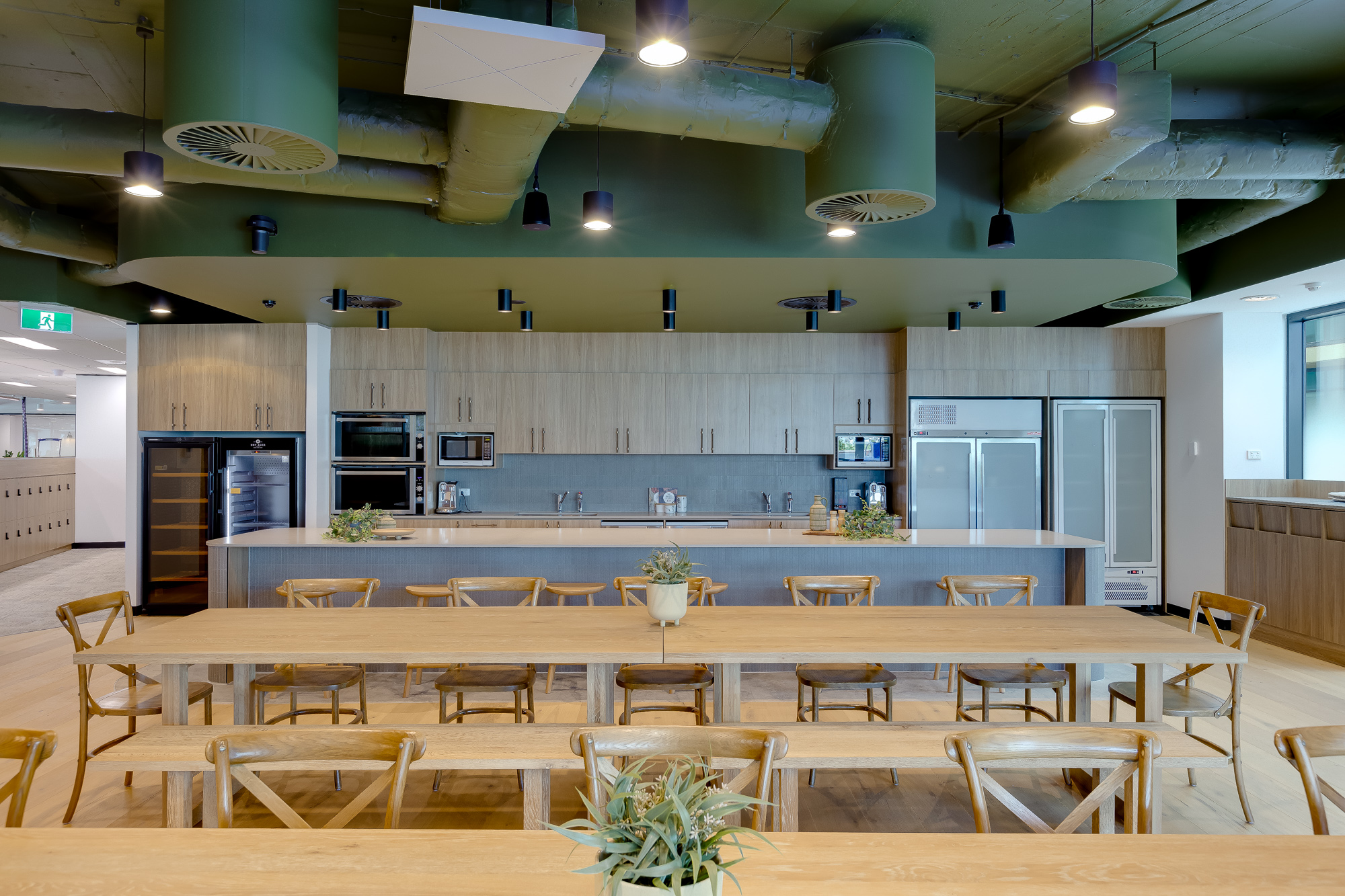 December 10, 2024
December 10, 2024
The importance of a well-designed office kitchen
Providing a thoughtfully designed and equipped office kitchen demonstrates care for your staff and can also improve productivity. Read More
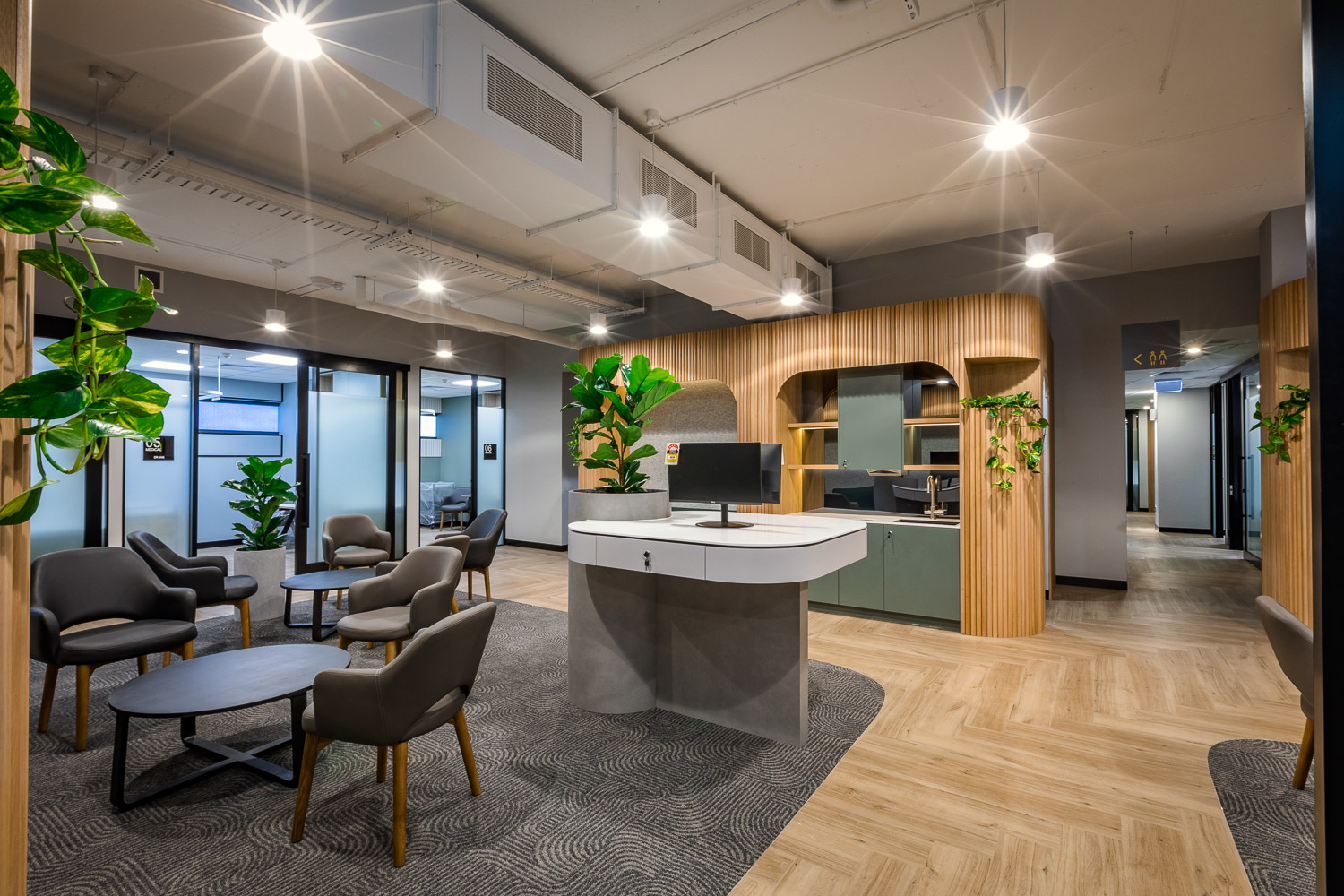 October 19, 2024
October 19, 2024
Designing for diversity: inclusive office design practices
Our guide to how you can incorporate inclusive office design for diversity, giving you access to a deeper, wider pool of talented staff. Read More
 October 12, 2024
October 12, 2024
Creating a high-impact reception area
How do you create a reception area that makes a fabulous first impression and creates a pleasant and comfortable visitor experience? Read More
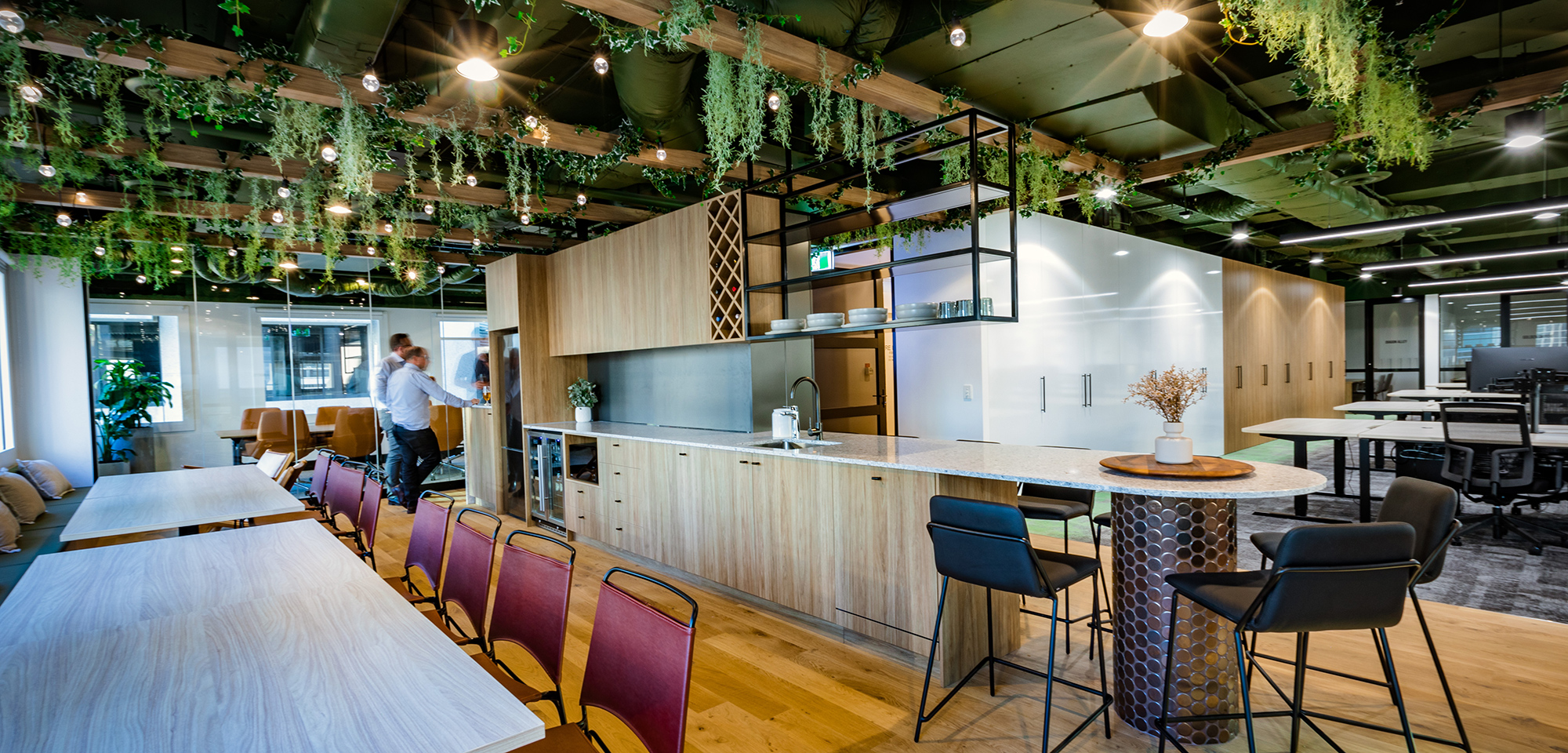 October 4, 2024
October 4, 2024
Incorporating biophilic design to boost employee productivity
How do you encourage productivity, creativity & well-being among your staff? Incorporating biophilic design may be the answer. Read More
 October 2, 2024
October 2, 2024
Benefits of open-plan offices vs private workspaces
When you’re redesigning your office space or seeking new premises, should you prioritise private offices or open-planned spaces? It depends… Read More
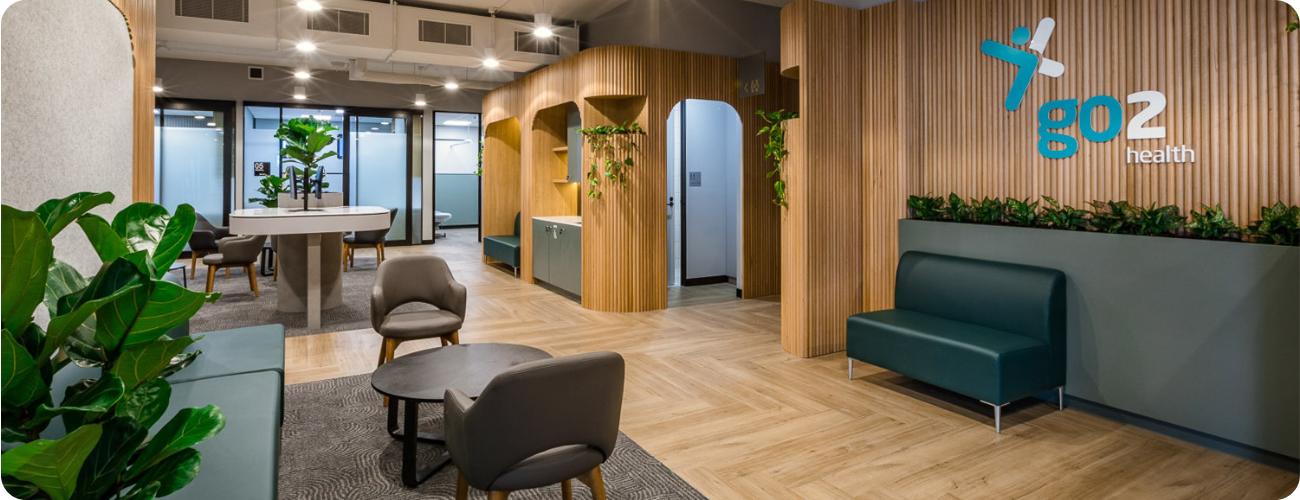 September 30, 2024
September 30, 2024
Creating healing environments in medical workplaces
In the past, medical clinics were often cold, sterile places. Their hallmarks included stark white walls, harsh fluorescent lights, rigid,.. Read More
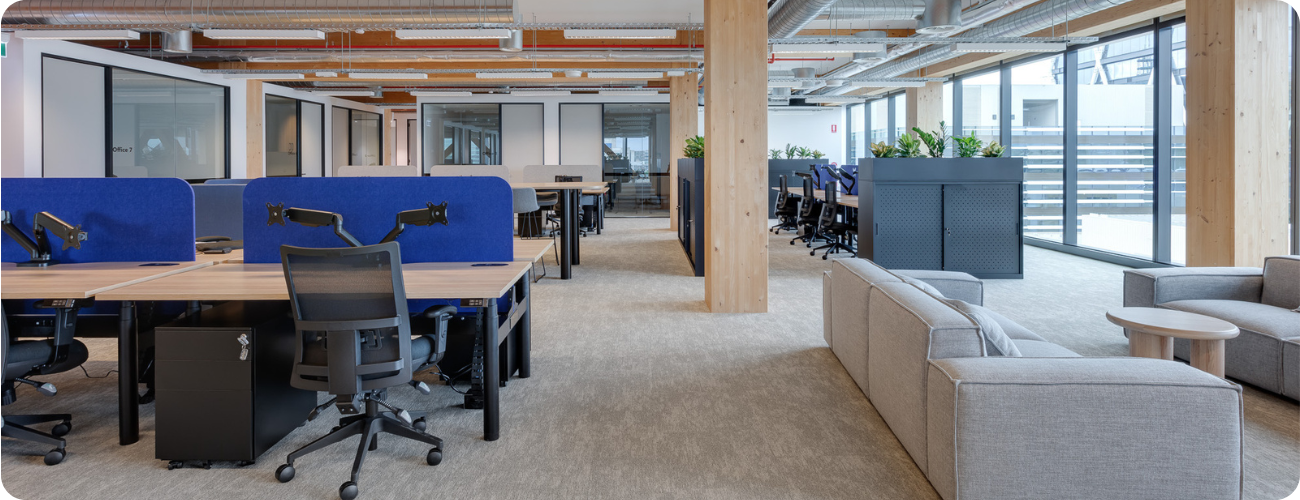 September 29, 2024
September 29, 2024
Discovering your workplace design style profile
When you think about ‘design’ and ‘style’, your mind may naturally drift to interior design styles like colour schemes and.. Read More
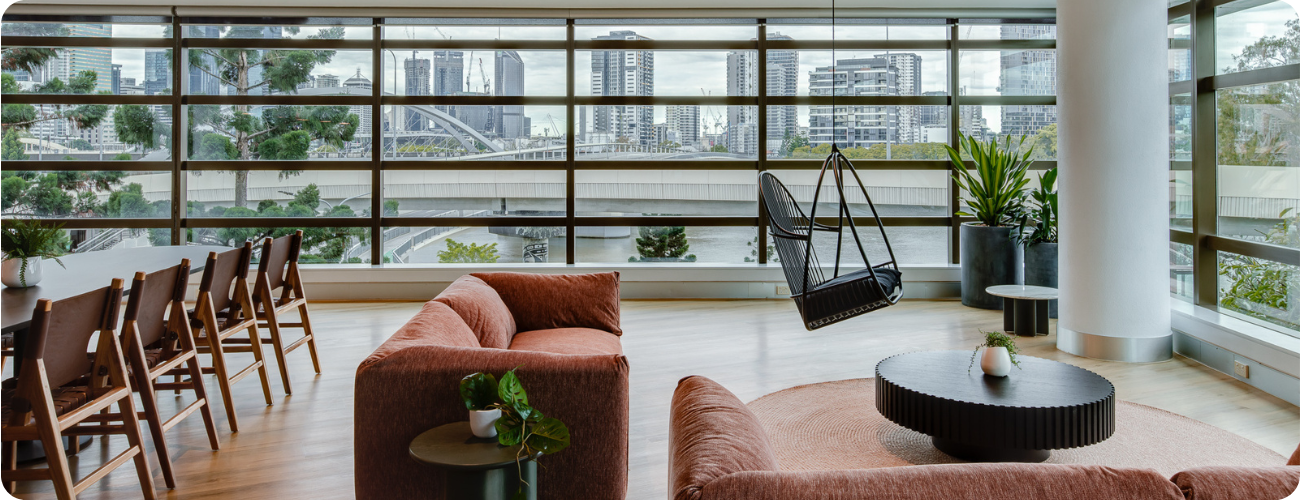 September 28, 2024
September 28, 2024
Eco-friendly practices in commercial office fit outs
Years ago, your company’s environmental impact was seen as just one of the costs of doing business. Not any more… Read More
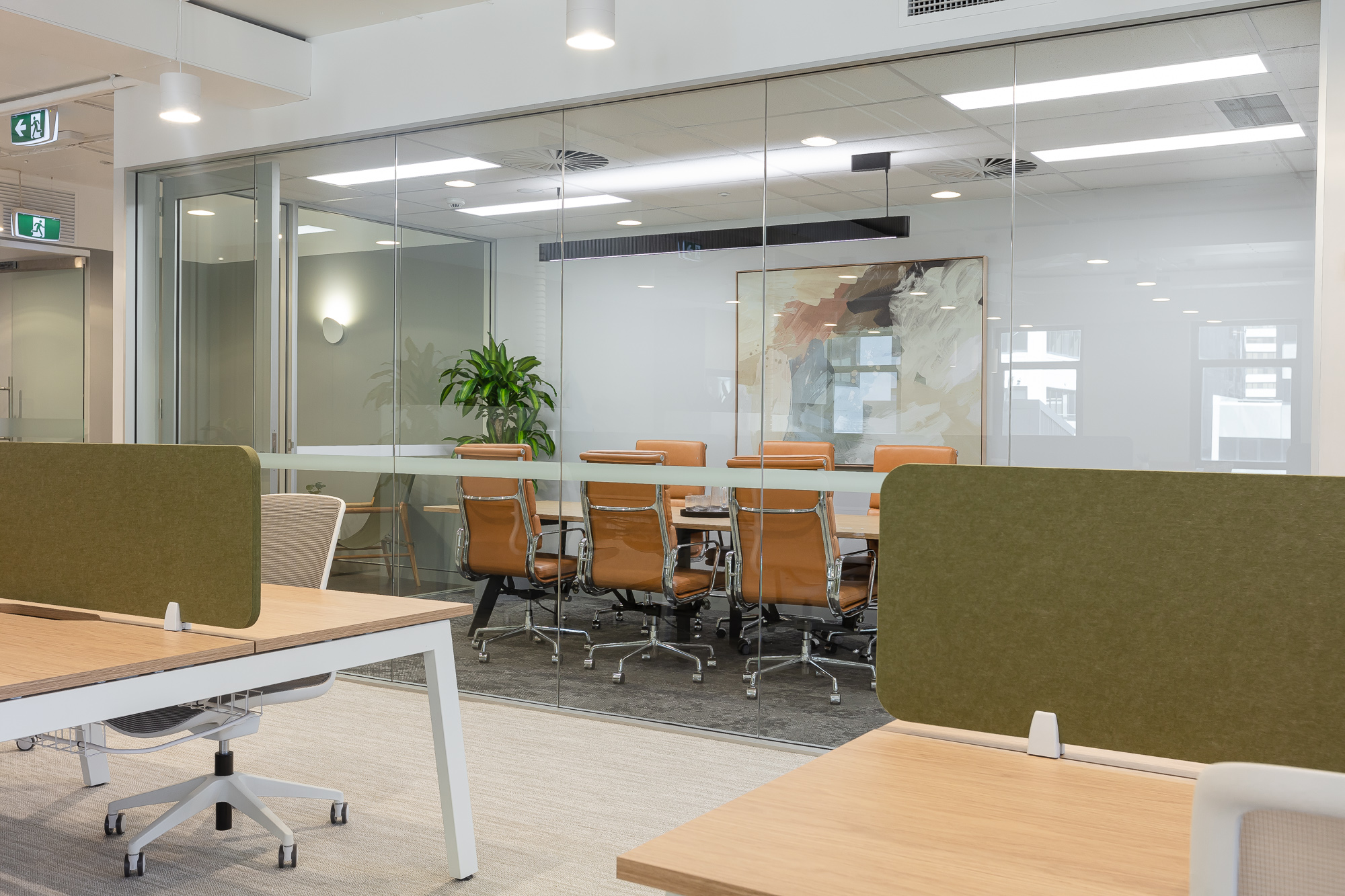 September 27, 2024
September 27, 2024
Transforming law offices: the verdict is in
The challenge lies in finding creative ways to maximise the available space through a beautiful interior design. Read More
 August 20, 2024
August 20, 2024
Functional beauty: Maximising space with interior design
The challenge lies in finding creative ways to maximise the available space through a beautiful interior design. Read More
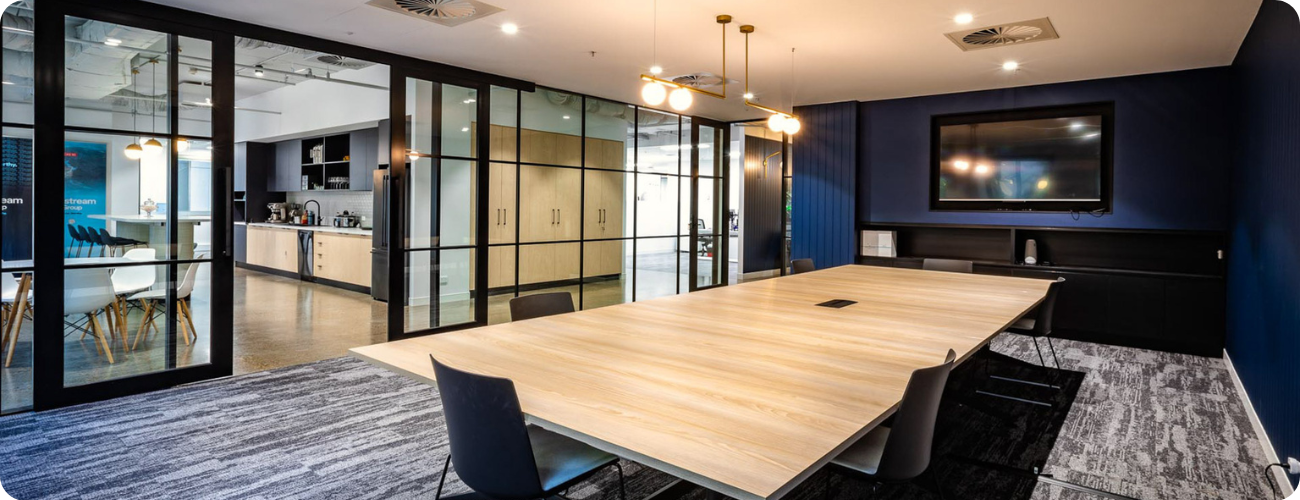 August 6, 2024
August 6, 2024
Exploring the advantages of fusing interior design and buildability
Jørn Utzon’s winning design for the Sydney Opera House featured dramatic soaring sails that would revolutionise architecture. It wowed the.. Read More
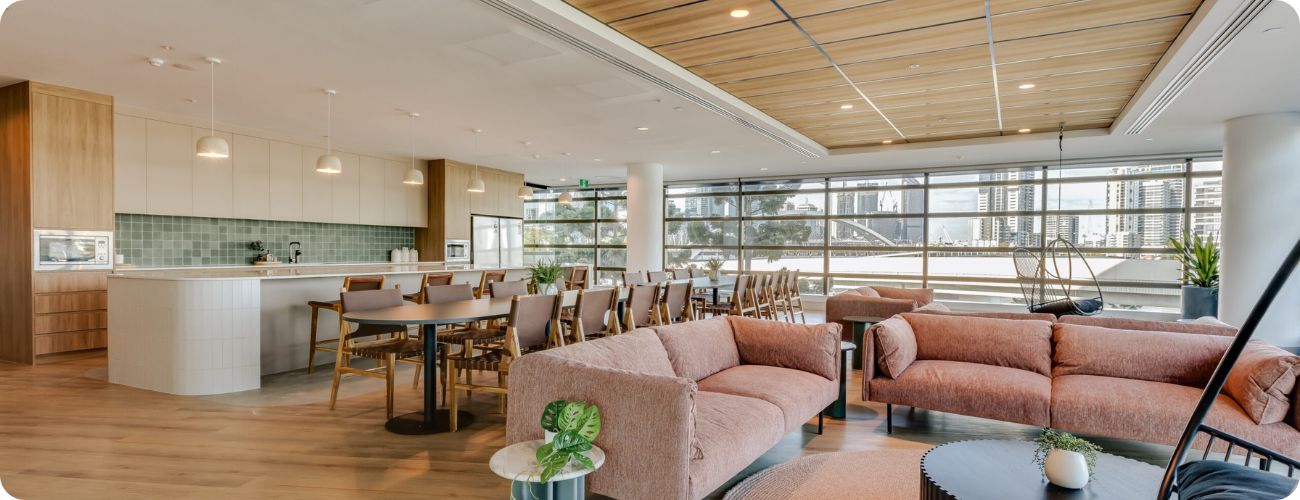 July 30, 2024
July 30, 2024
Creating dynamic work environments
Energetic, active, effective – google ‘dynamic’, and these are the definitions you’ll find. They’re wonderful qualities to have in your.. Read More
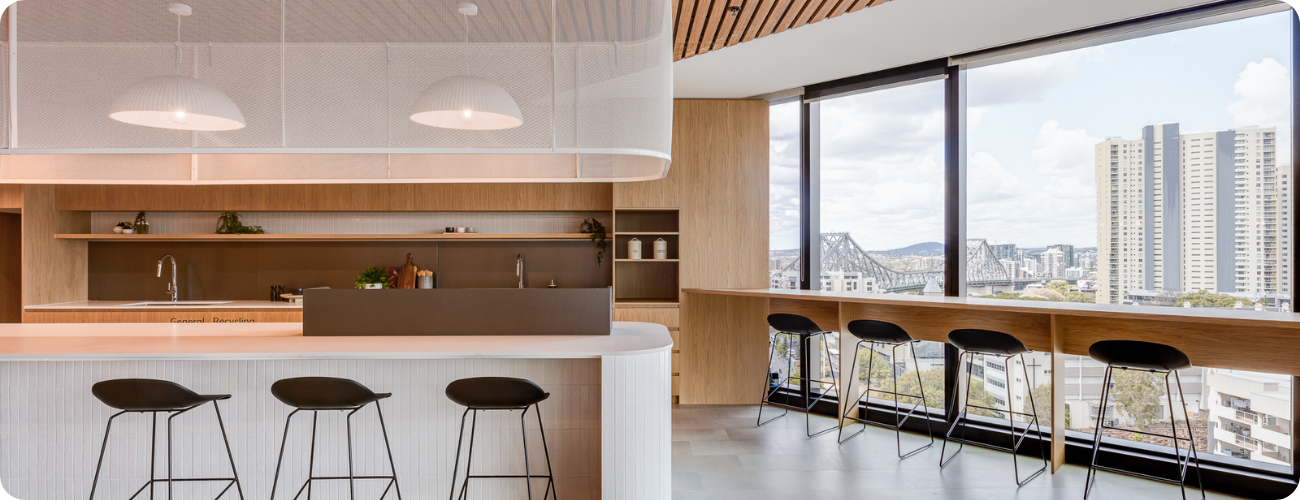 April 15, 2024
April 15, 2024
Navigating the costs of a commercial fit-out
Following on from our last blog – should you stay or go? – we delve into the cost considerations when.. Read More
 March 7, 2024
March 7, 2024
Should you stay or go?
As the expiration date of your workplace’s commercial lease approaches, a critical decision looms large on the horizon – should.. Read More
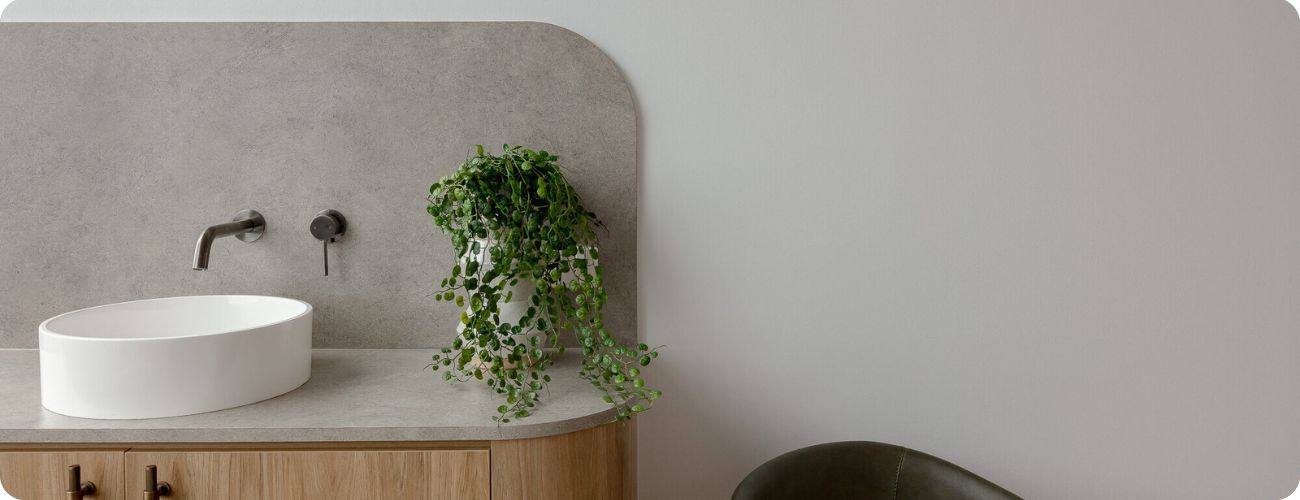 January 31, 2024
January 31, 2024
Top 5 commercial interior design trends for 2024
As we step into 2024, the dynamics of the workplace are undergoing a profound transformation, reflecting the evolving needs and.. Read More
 December 4, 2023
December 4, 2023
The crucial role of branding in workplace design fit-outs
In the fast-evolving landscape of business, where competition is fierce and talent is sought after, the importance of a strong.. Read More
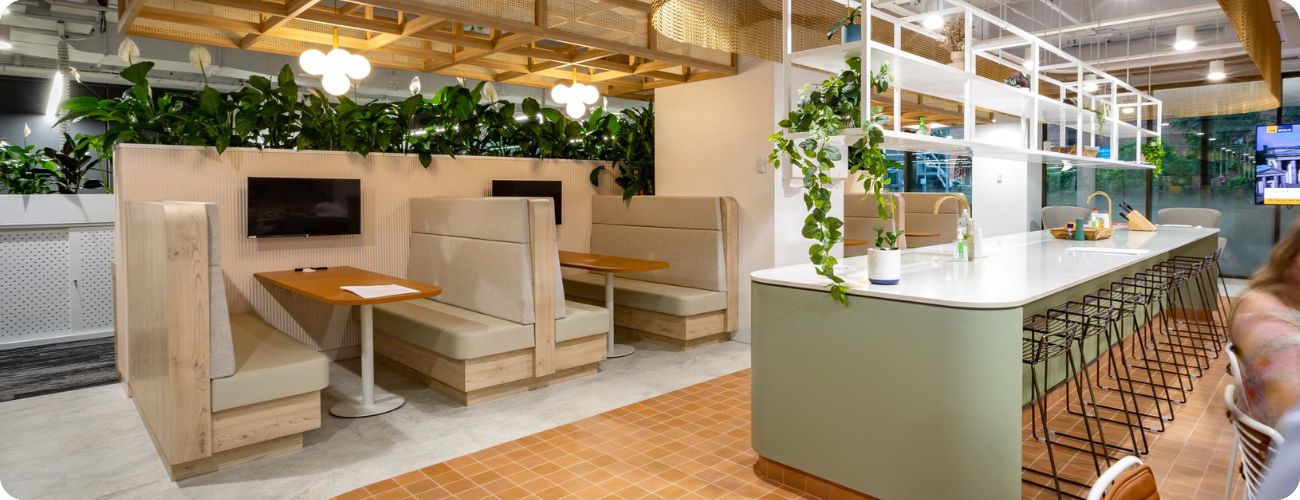 October 23, 2023
October 23, 2023
Biophilic design in the modern workplace
Biophilic design has become a leading trend in interior design, encompassing the art of harmonising our spaces with the natural.. Read More
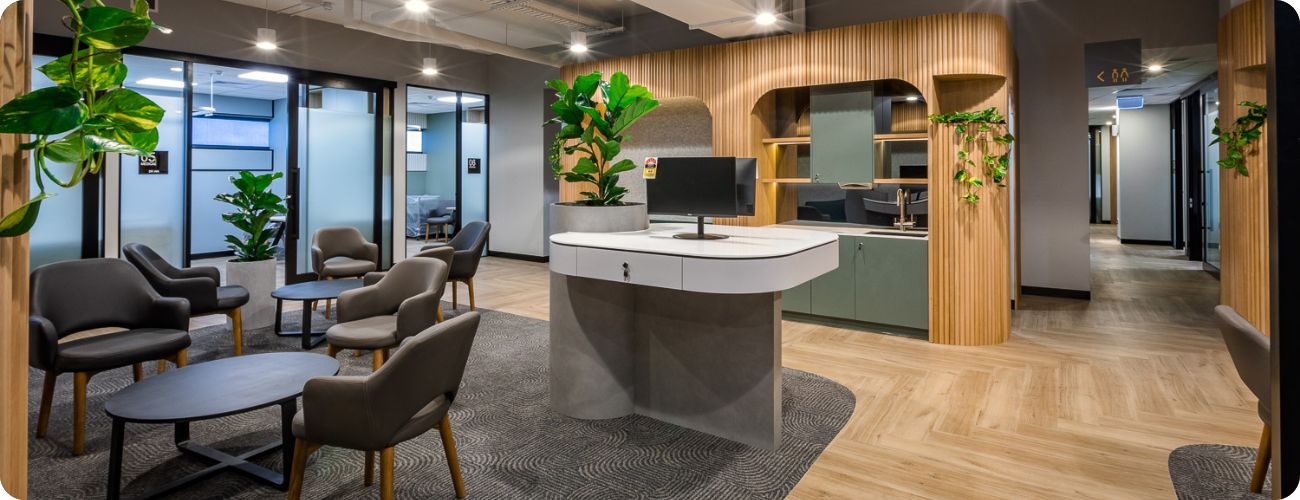 September 21, 2023
September 21, 2023
Designing a healthcare facility: Balancing functionality, comfort, and aesthetics
Creating a new healthcare facility is a complex undertaking, and today’s medical professionals are seeking a unique blend of interior.. Read More
 August 15, 2023
August 15, 2023
Benefits of a workplace strategy
A workplace strategy provides clients with the tools needed to make informed decisions about their new workspace. Understanding your business.. Read More
 July 7, 2023
July 7, 2023
Unveiling the new era: Growth Workplace Design
We’re excited to share the news of our rebrand from Growth Australia to Growth Workplace Design. Our fresh identity reflects.. Read More
 June 22, 2023
June 22, 2023
The power of breakout spaces
In the ever-evolving landscape of fast-paced and dynamic work environments, companies strive to cultivate creativity, boost collaboration, and increase employee.. Read More
 May 10, 2023
May 10, 2023
Designing an office fit out with ESG in mind
As businesses continue to prioritise sustainability and social responsibility, designing an office fit-out with Environmental, Social, and Governance (ESG) in.. Read More
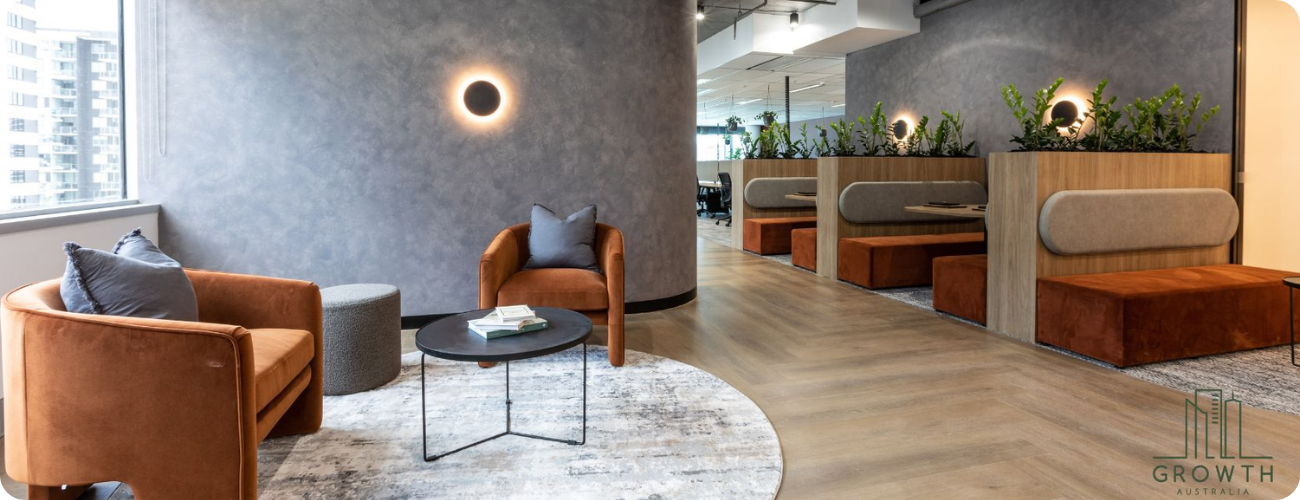 February 2, 2023
February 2, 2023
Top 10 commercial interior design trends for 2023
As businesses look to the future, there is a growing trend towards bold and innovative commercial interior design choices. This.. Read More
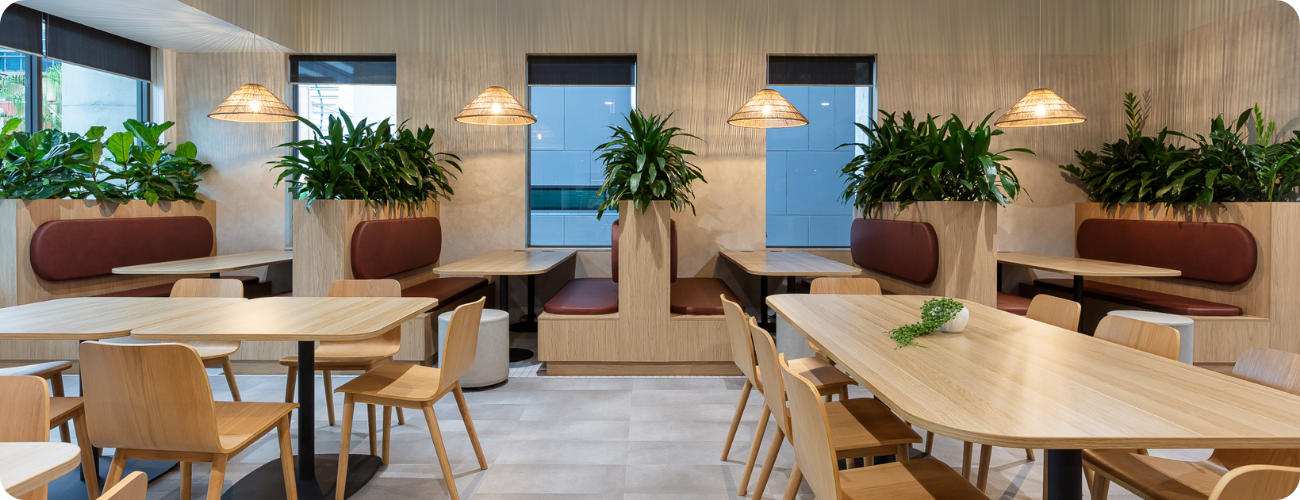 January 20, 2023
January 20, 2023
A workplace designed for success
In a lot of ways, the pandemic has been the conduit for a major shift in how we do business… Read More
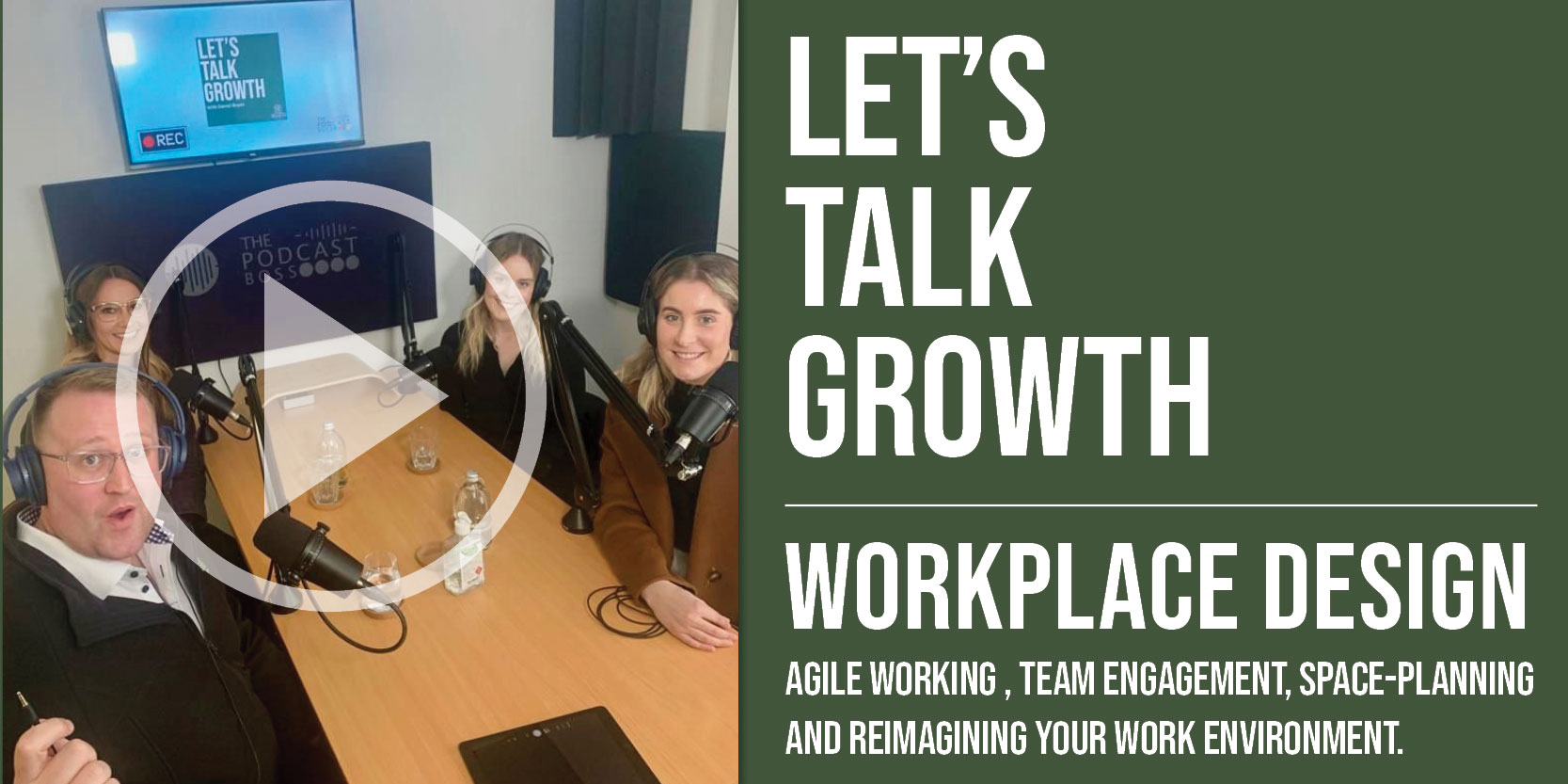 September 2, 2022
September 2, 2022
How the workspace has become the catalyst for positive culture and a connected team
The rise of remote working during the pandemic, and subsequent reluctance for workers to go back to the physical office.. Read More
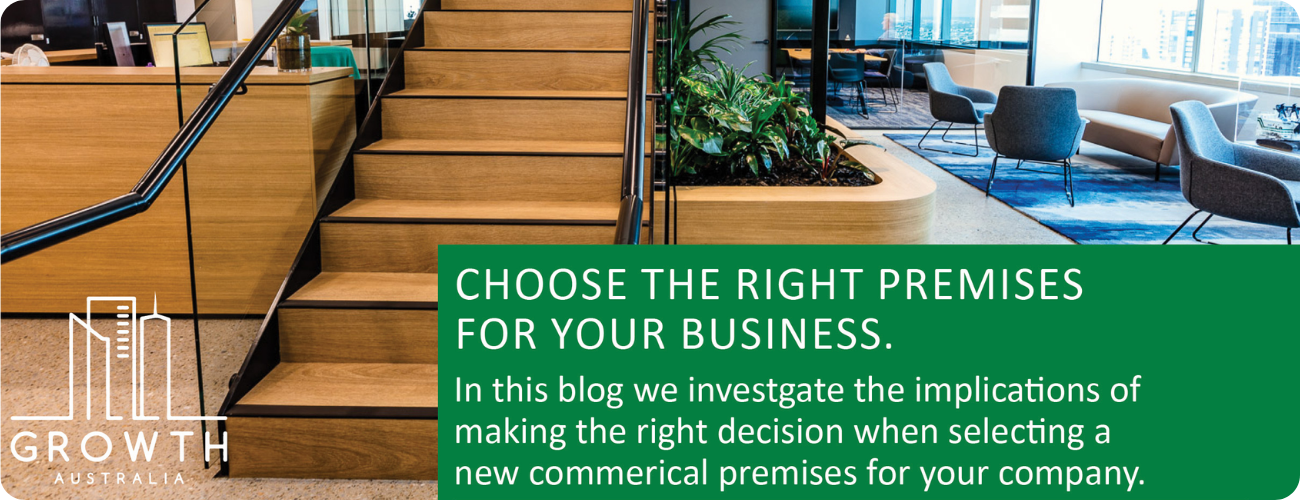 June 30, 2022
June 30, 2022
Choosing the right property for your business
Finding the right property for your company can be a daunting task when your business is looking to relocate. The.. Read More
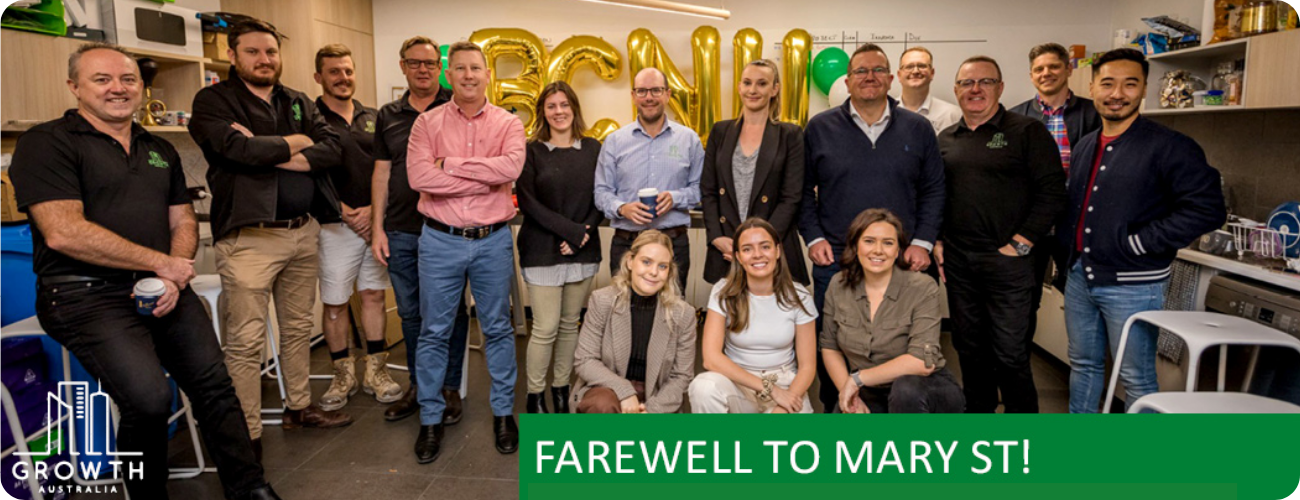 August 2, 2021
August 2, 2021
Farewell to Mary St!
With a touch of sadness, but mostly excitement, the Growth team farewell our current office after four years and head.. Read More
 July 26, 2021
July 26, 2021
Growth Australia Healthcare Business Announcement
The healthcare team at Growth Australia have a new offering designed to help our healthcare and medical clients to achieve.. Read More
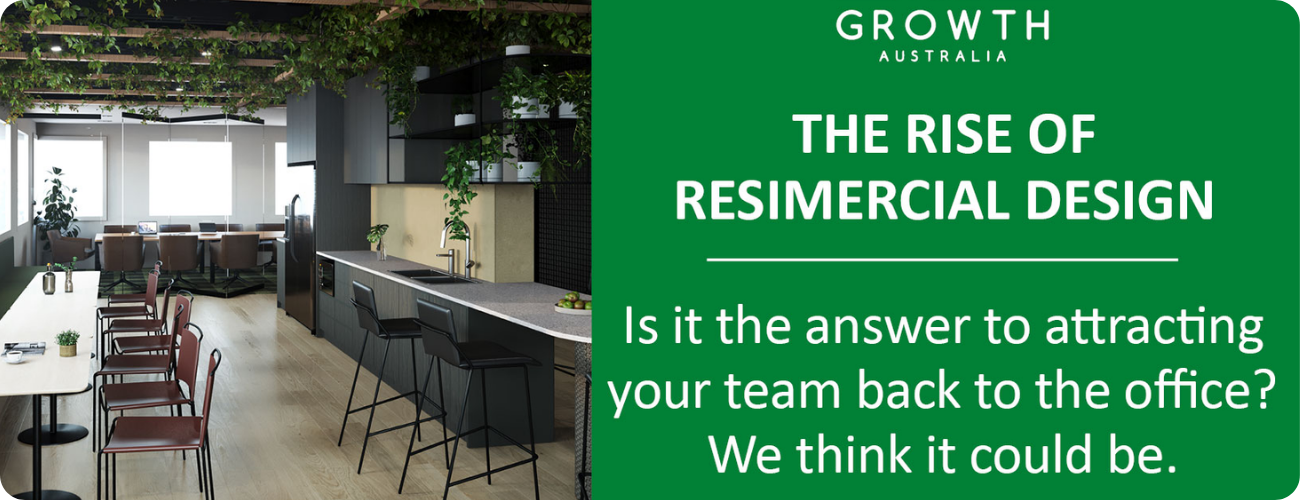 May 31, 2021
May 31, 2021
Is resimercial the workplace of the future?
It is no surprise that after more than a year, people have become increasingly comfortable with their home-office situation and.. Read More
 May 17, 2021
May 17, 2021
Selecting the ideal premises for our new Growth HQ
An imperative part of our relocation journey was undoubtedly choosing the right property for our new Growth HQ. The implications.. Read More
 May 12, 2021
May 12, 2021
New Growth HQ
How we swapped our role from fitout provider to being the client. Planning for the new Growth Australia HQ is.. Read More
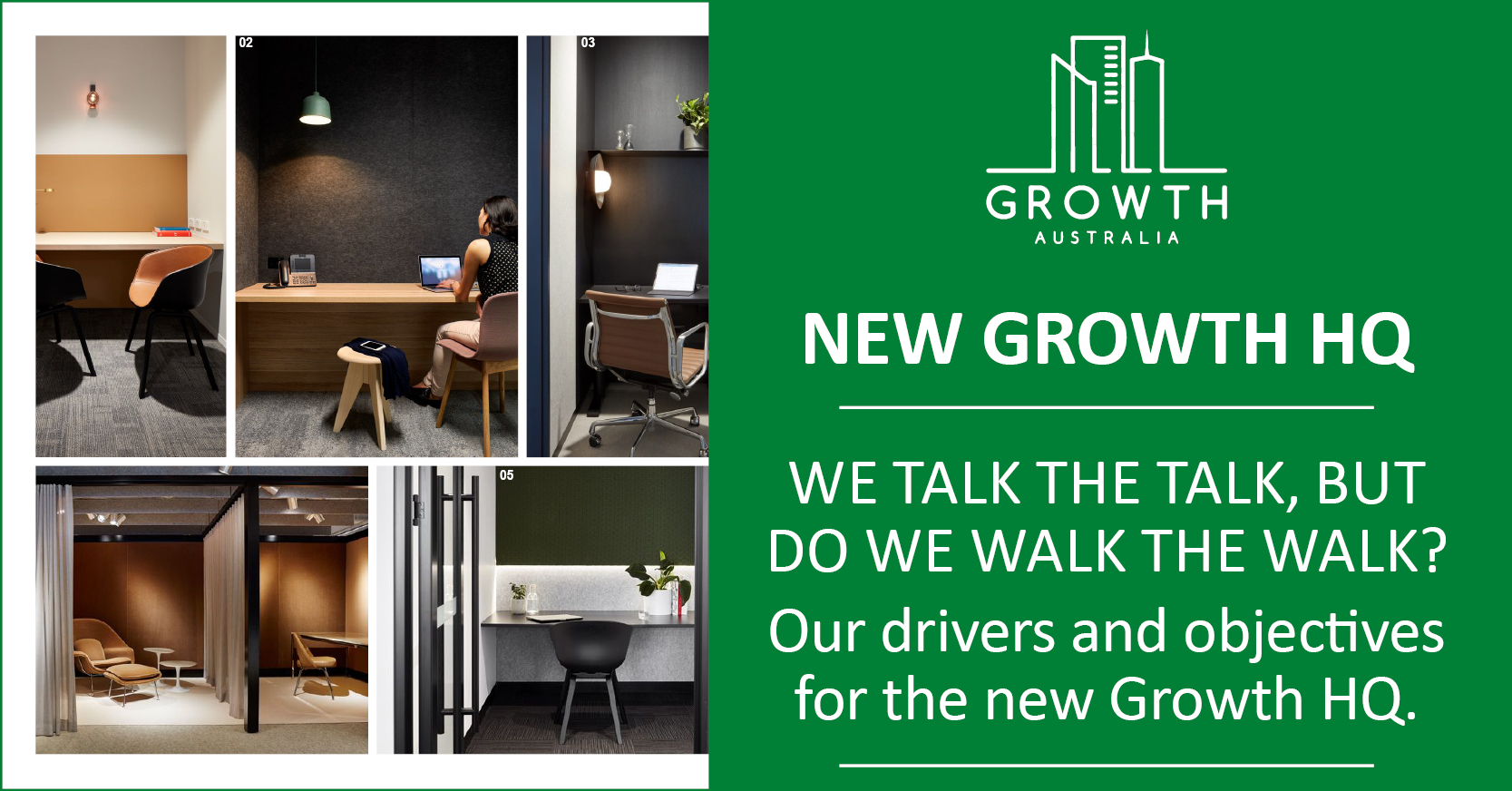 May 4, 2021
May 4, 2021
We Talk the talk, but do we walk the walk?
The Road to Success – Our vision, drivers & Objectives for the new Growth HQ. Our team understands that the.. Read More
 February 4, 2021
February 4, 2021
It’s our Birthday – We are 3 years young.
As first-time business owners setting out on an adventurous journey into unknown territory, we knew that we were in for.. Read More
 February 1, 2021
February 1, 2021
GO2 Health Opening
GO2 Health – Official Opening Friday 29th January, 2021. Last Friday the Growth team had the privilege of attending the.. Read More
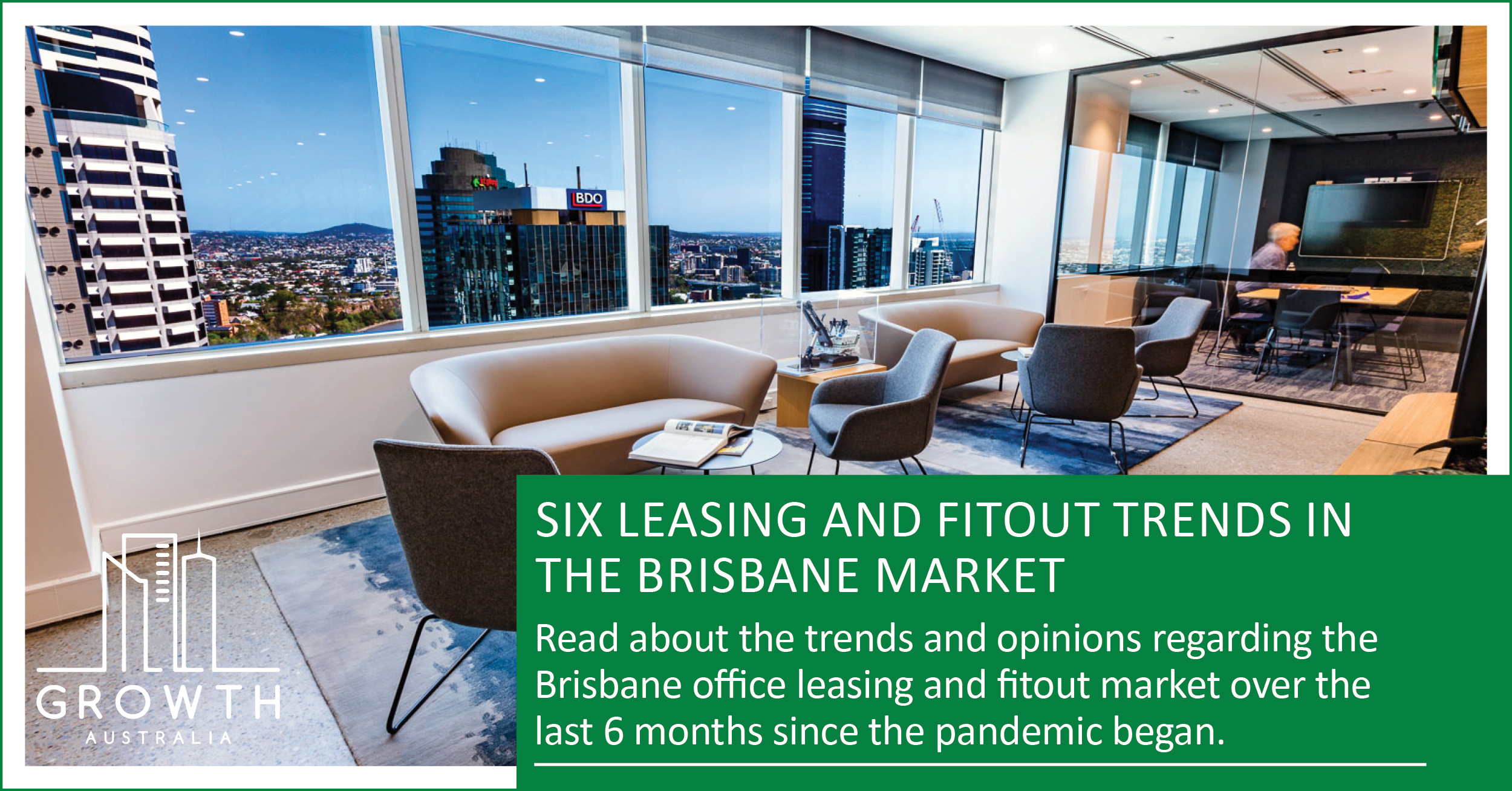 November 19, 2020
November 19, 2020
6 leasing and fitout trends we have seen during the pandemic.
The last six months have been a testing time, forcing businesses to do the unthinkable…. That is, to trust their.. Read More
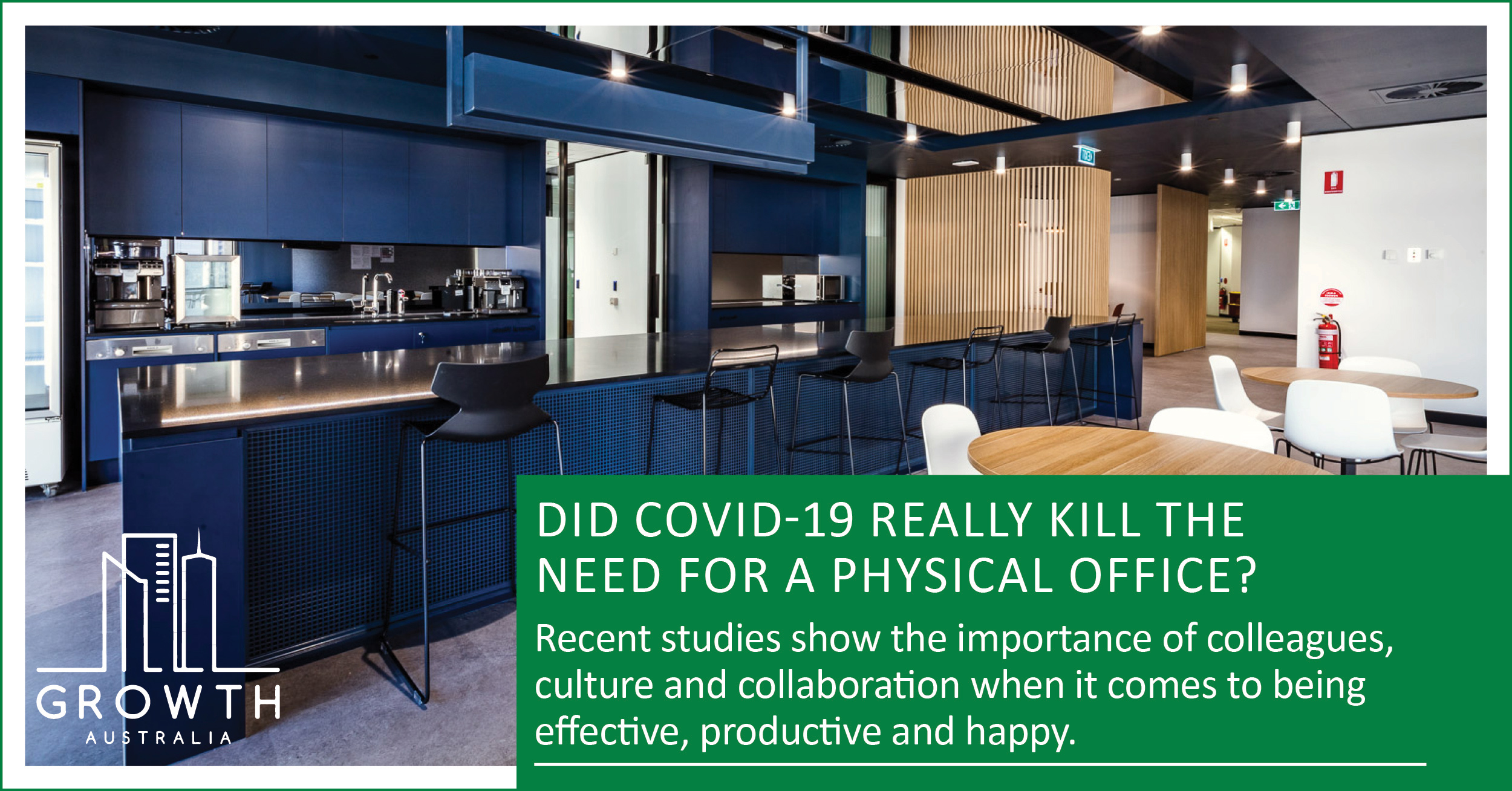 November 10, 2020
November 10, 2020
Did COVID-19 really kill the need for a physical office?
With recent studies showing that there is a large percentage of people who would choose to go back to the.. Read More
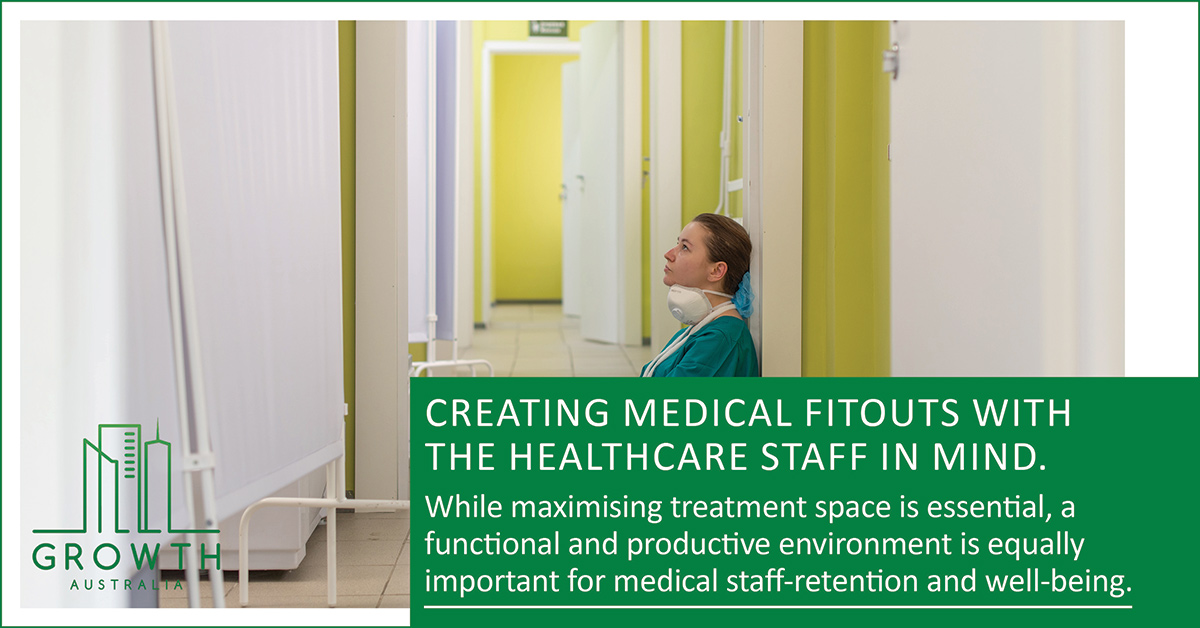 October 28, 2020
October 28, 2020
Design & Construction of Healthcare Facilities with the medical staff in mind.
Up until now we have written about the design of healthcare facilities with the patient in mind. However, an increasing.. Read More
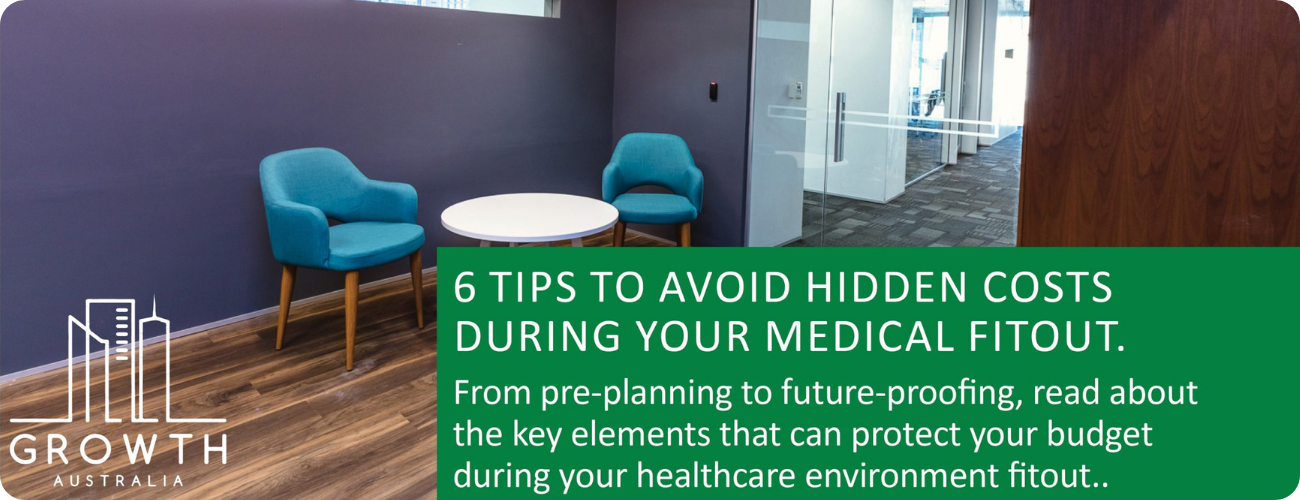 October 22, 2020
October 22, 2020
6 Tips to avoid hidden costs during your healthcare fitout.
Following on from our previous blog on the basic elements of healthcare design & fitout, we would like to share.. Read More